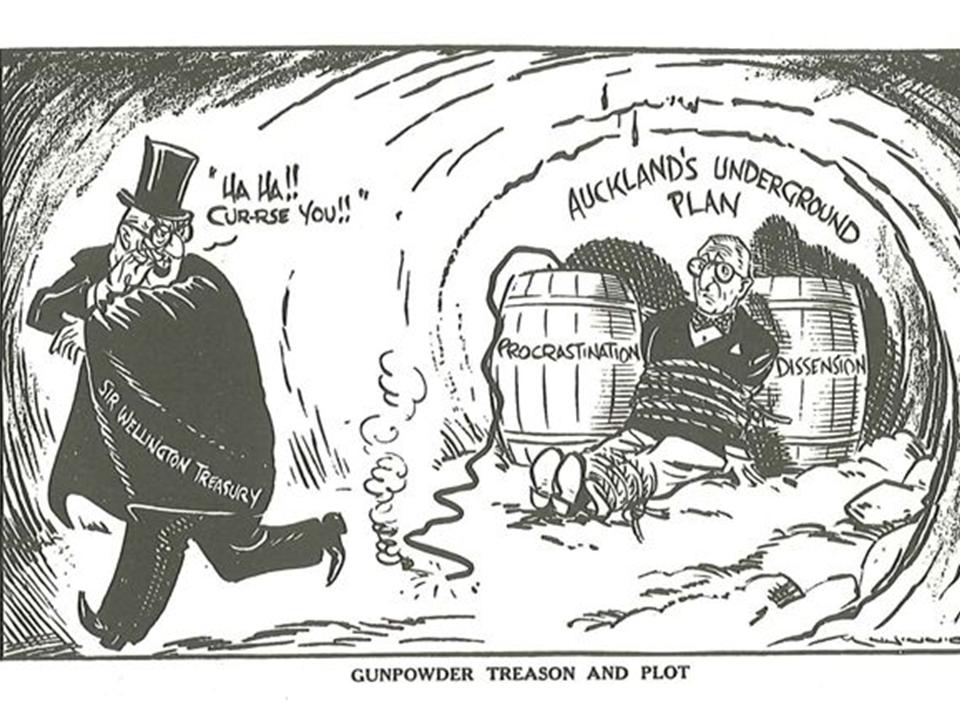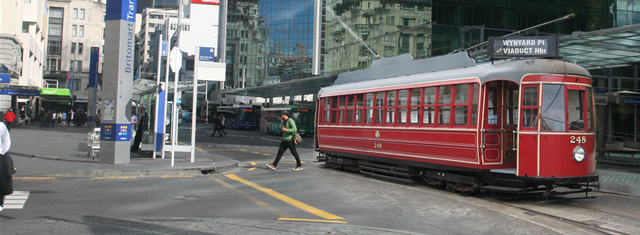Unitary Plan – test of integrity
The Auckland Council draft unitary plan has drawn an enormous amount of submissions from concerned
Aucklanders – 22,700 in all.
But rather than pause to give public submissions the time and attention they deserve, the unitary plan process hurries on. I and other councillors objected recently when the council political working party was led through public-excluded workshops by council managers, in which the views of selected
vested interests like Fletchers and the NZ Property Council were presented but not those of community organisations. I refer to the very sensitive public issues of building heights and volcanic cone view shafts.
I must confess to still being puzzled about what the mad rush is all about.
The official answer is that a million people will be turning up in Auckland by the year 2041. To be fair 2041 is not exactly next year – it’s nearly 30 years away. But even those projections are questionable. The council is working on maximum growth projections but Watercare Services, the council-owned water and wastewater infrastructure provider is basing its planning on the medium growth scenario – and Auckland Transport – already struggling with an existing infrastructure deficit is questioning how Auckland ratepayers will be able to afford the cost of the transport infrastructure, on top of the CRL, needed for the high growth scenario.
All this does raise questions about the consequences of the unitary plan if council’s own agencies can’t achieve unity on the level of infrastructure needed. An open-slather developer-driven Auckland which the council seems to be encouraging could leave Auckland with an even greater infrastructure deficit than we have now. An Auckland which for instance exceeds the carrying capacity of its water and sanitary services is not going to do much for our environment – or our quality of life.
So the council needs to get this right. It would be sensible to wait for the national census figures to be released later this year to get the latest data on which to base future growth projections. This period should also be spent seriously
analysing the public’s submissions – to determine what Aucklanders really want for their city and their region.
I must say I have noticed a certain cavalier approach in the way the council deals with the public. The public is regularly assembled to provide applauding audiences for occasions like unitary plan launches and is called upon to write endless submissions (‘have your say’) – and is then dismissed. In other
words the council is in danger of treating the public like a crowd of Hollywood extras. This has to stop.
The way the Auckland Council deals with the 22,700 submissions from the people of Auckland will not only be a test of the integrity of the unitary plan but also the integrity of this council.
(As published in Verve Magazine July edition)



